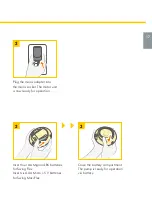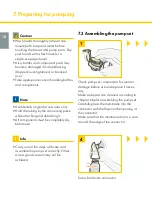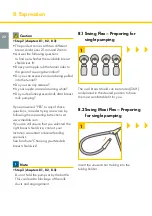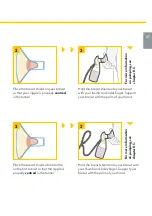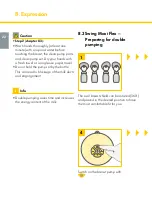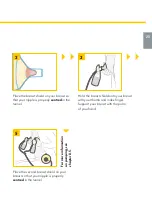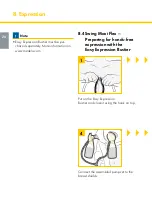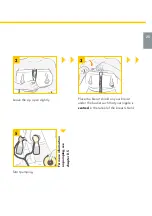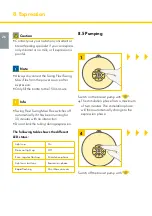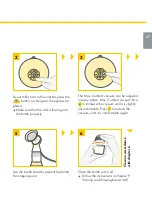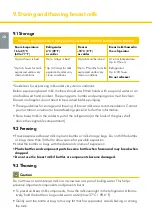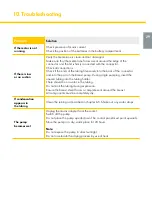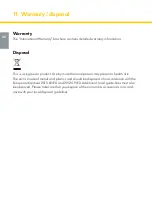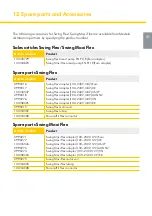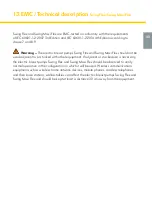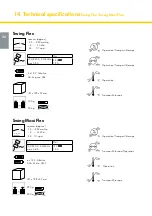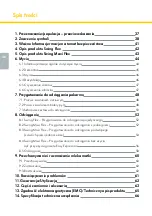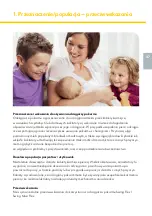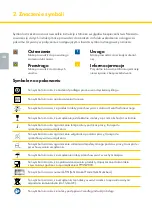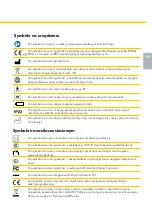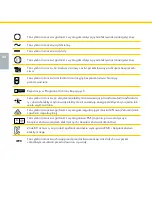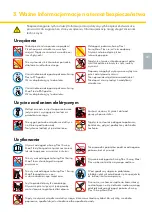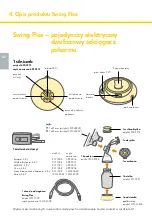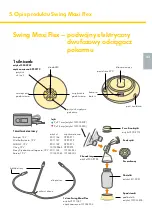
28
28
9. Storing and thawing breast milk
9.1 Storage
Storage guidelines for freshly expressed breast milk (for healthy term babies)
Room temperature
16 to 25 °C
(60 to 77 °F)
Refrigerator
4 °C (39 °F)
or colder
Freezer
–18 °C (0 °F )
or colder
Breast milk thawed in
the refrigerator
Up to 4 hours is best
*Up to 6 hours for milk
expressed under very
clean conditions
Up to 3 days is best
*Up to 5 days for milk
expressed under very
clean conditions
Up to 6 months is best
*Up to 9 months for milk
expressed under very
clean conditions
At room temperature:
Up to 2 hours
Refrigerator:
Up to 24 hours
Do not refreeze!
• Freeze expressed breast milk in plastic bottles or milk storage bags. Do not fill the bottles
or bags more than 3/4 full to allow space for possible expansion.
• Label the bottles or bags with the date and volume of expression.
• Plastic bottles and component parts become brittle when frozen and may break when
dropped.
• Do not use the breast milk if bottles or components become damaged.
9.2 Freezing
Do not thaw or warm breast milk in a microwave or a pan of boiling water. This helps
preserve important components and prevents burns.
• To preserve breast milk components, thaw the milk overnight in the refrigerator. Alterna-
tively, hold the bottle or bag under warm water (max. 37 °C / 98.6 °F).
• Gently swirl the bottle or bag to mix any fat that has separated. Avoid shaking or stirring
the milk.
9.3 Thawing
Caution
*Guidelines for expressing milk under very clean conditions:
Before expressing breast milk, mothers should wash their hands with soap and water or an
alcohol-based hand sanitiser. The pump parts, bottles and pumping area must be clean.
Breasts and nipples do not need to be washed before pumping.
• These guidelines for storage and thawing of breast milk are a recommendation. Contact
your lactation consultant or breastfeeding specialist for further information.
• Store breast milk in the coldest spot of the refrigerator (at the back of the glass shelf
above the vegetable compartment).




